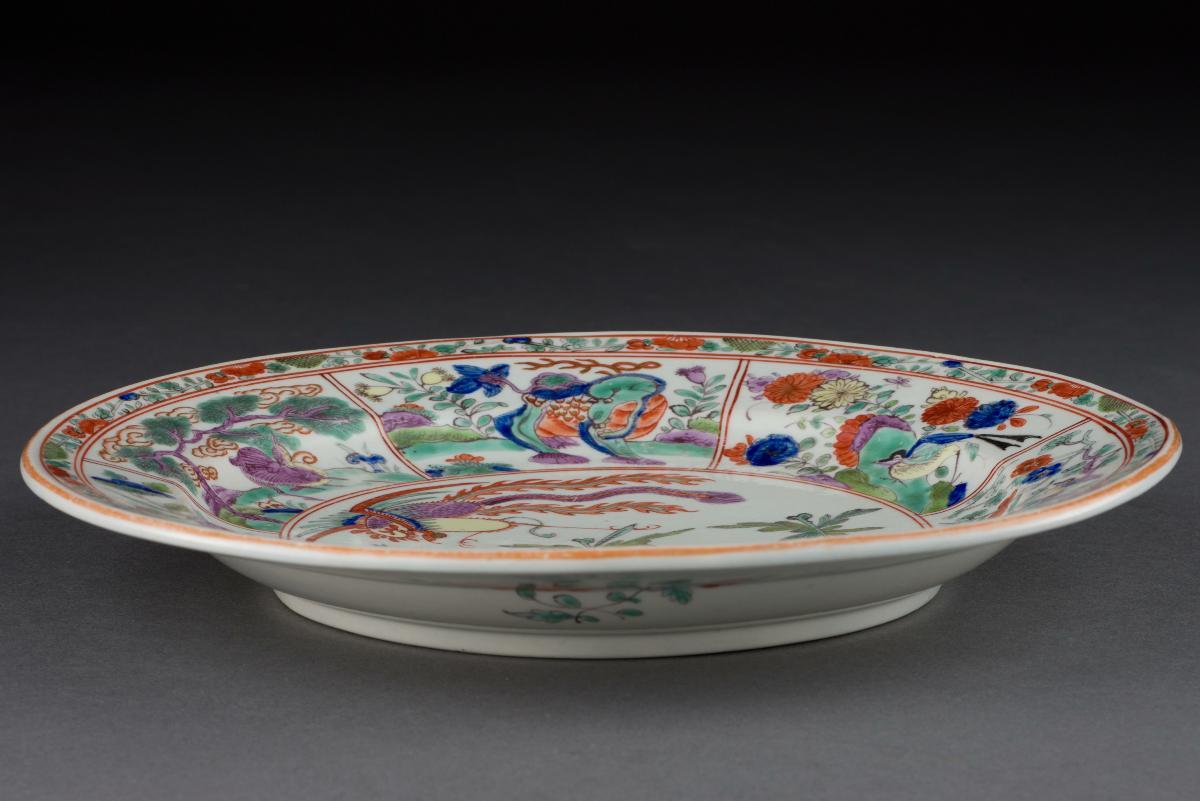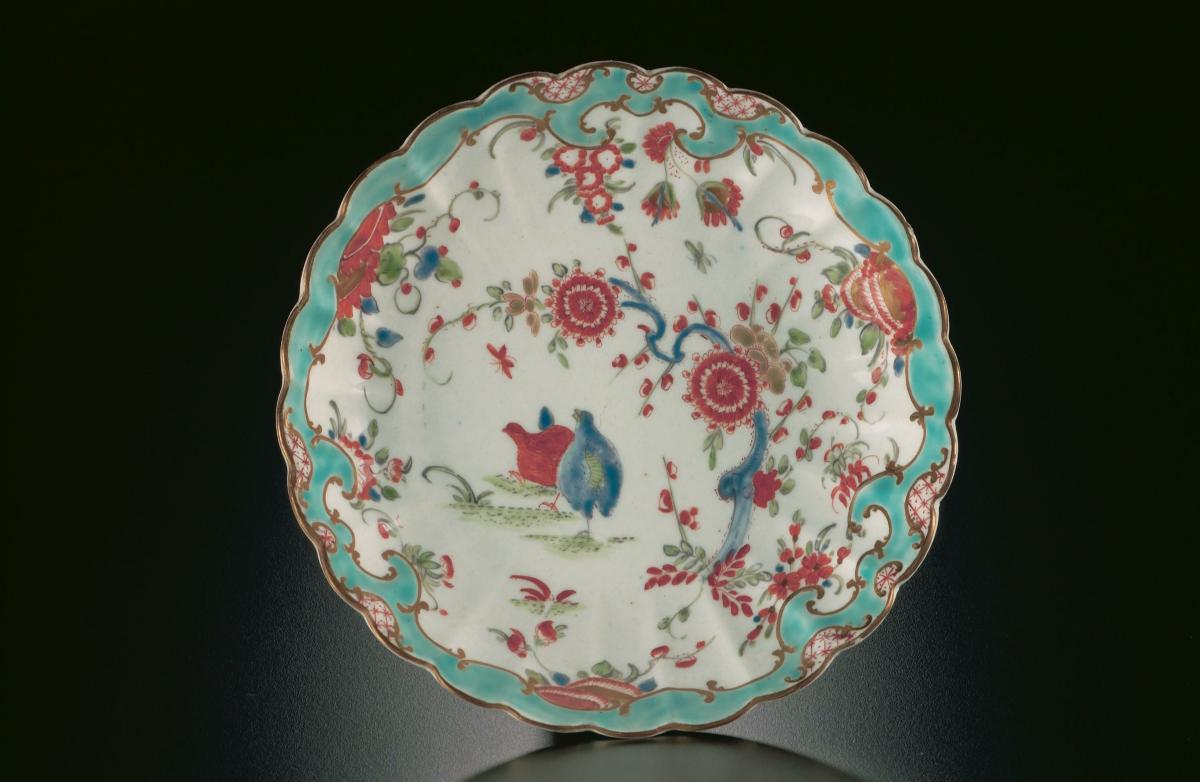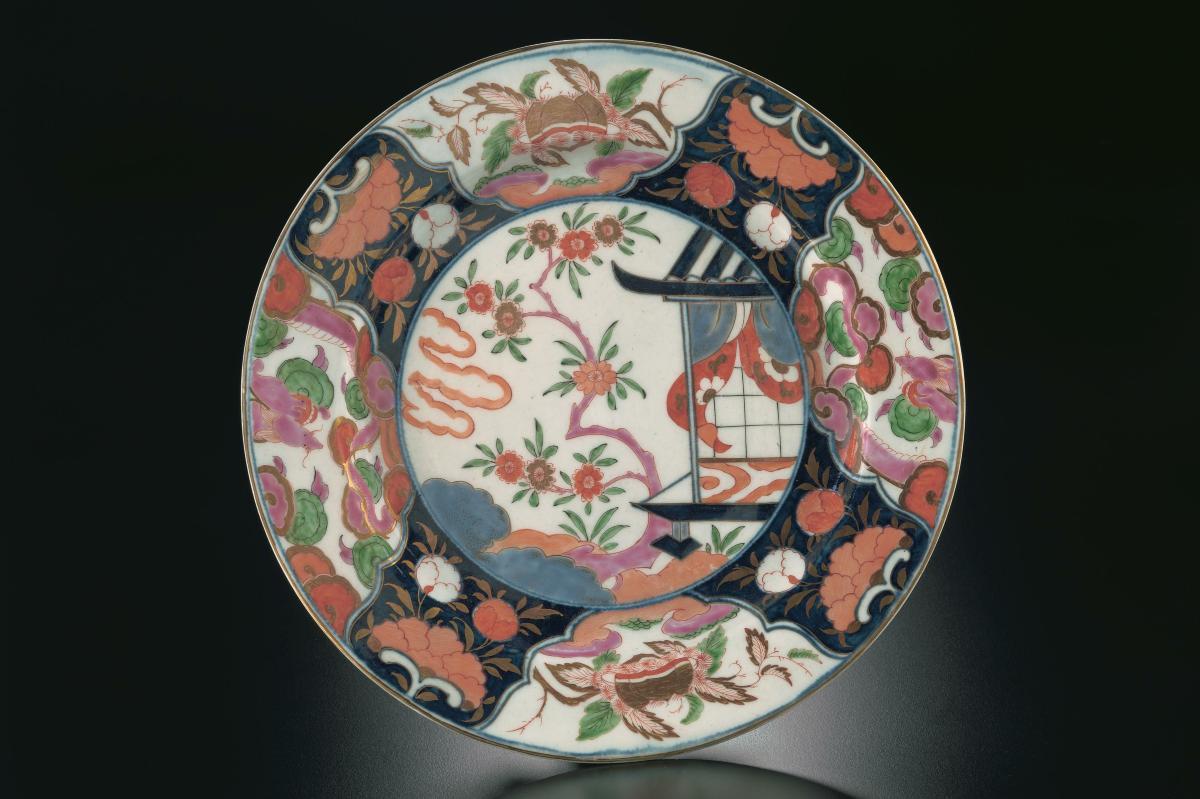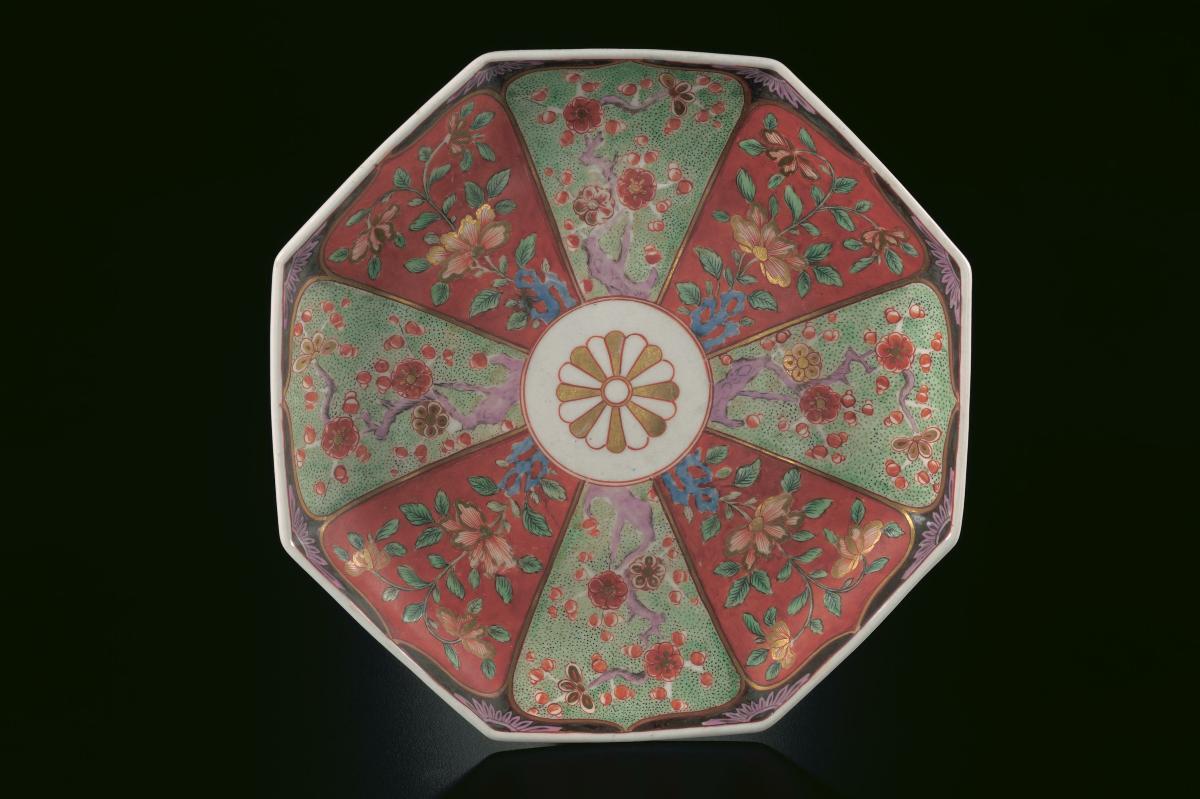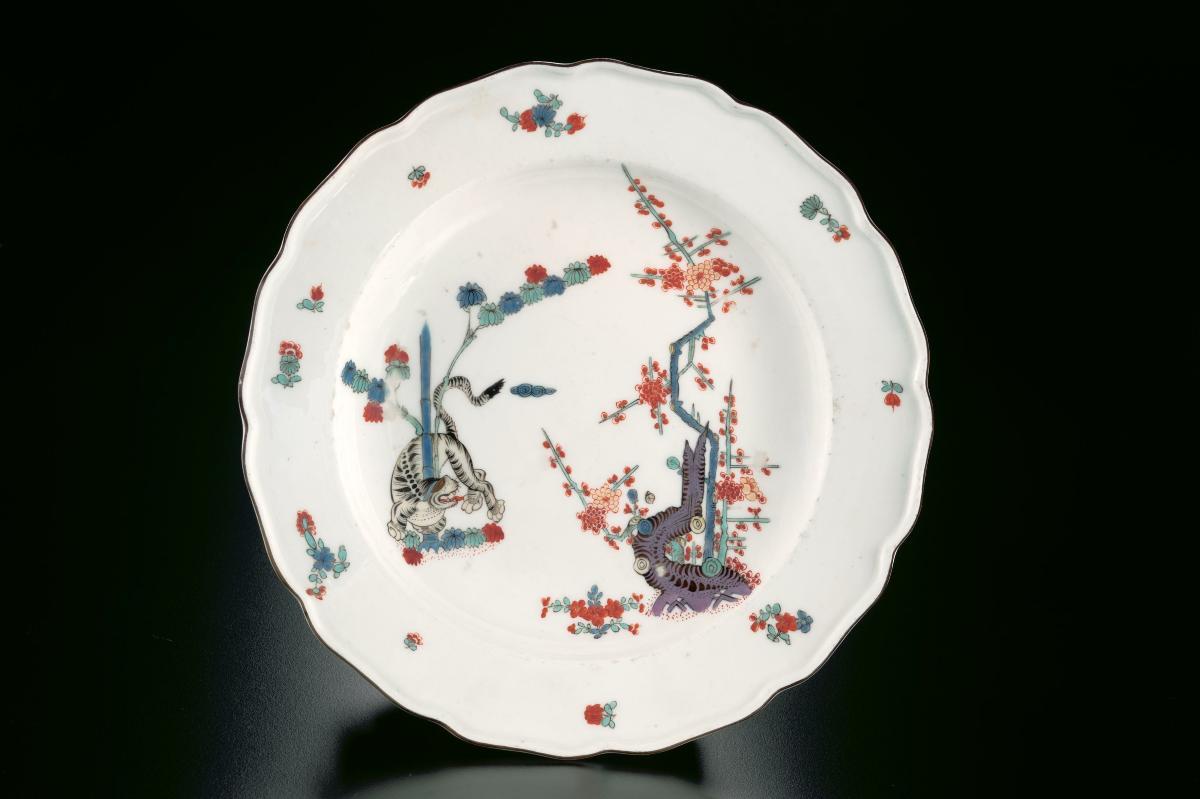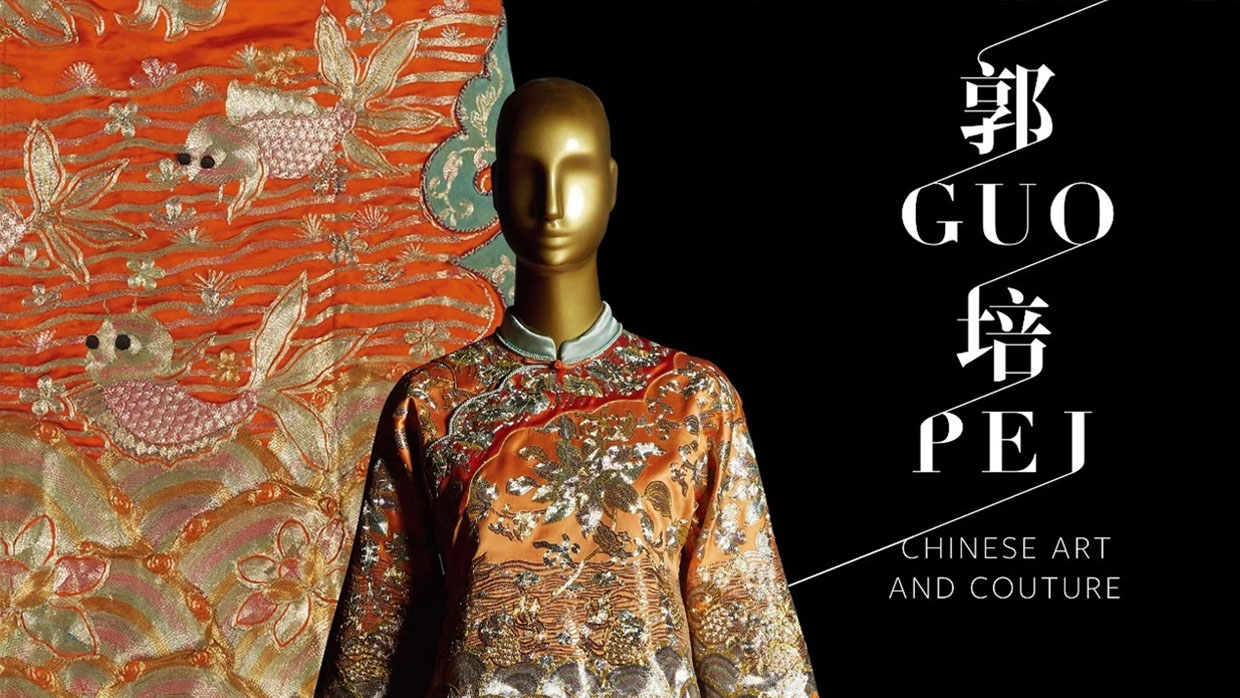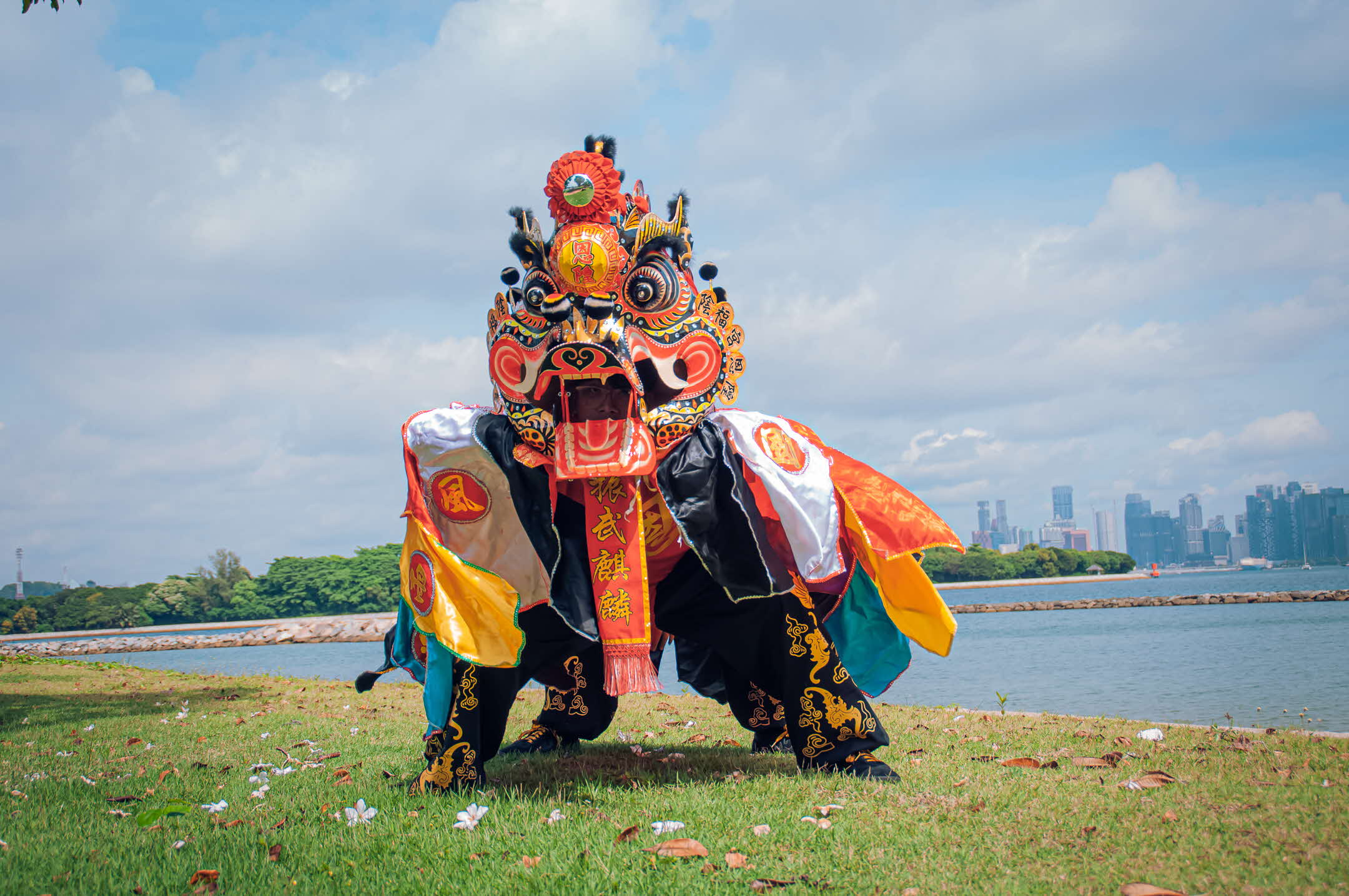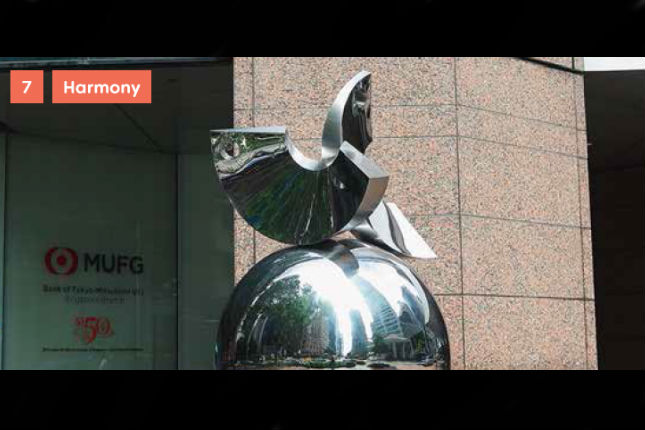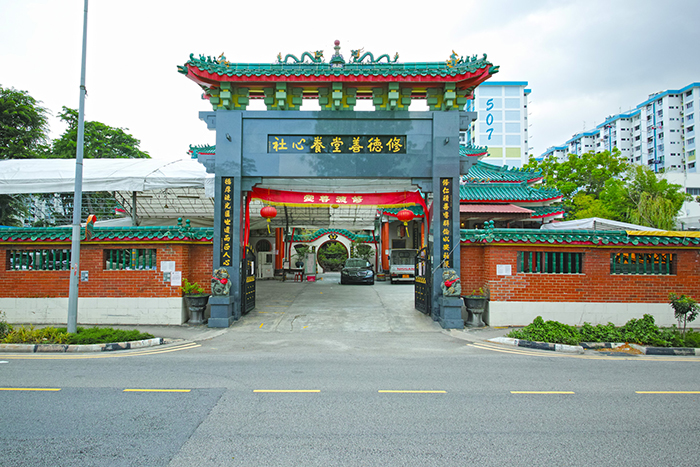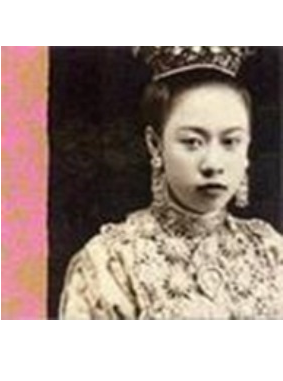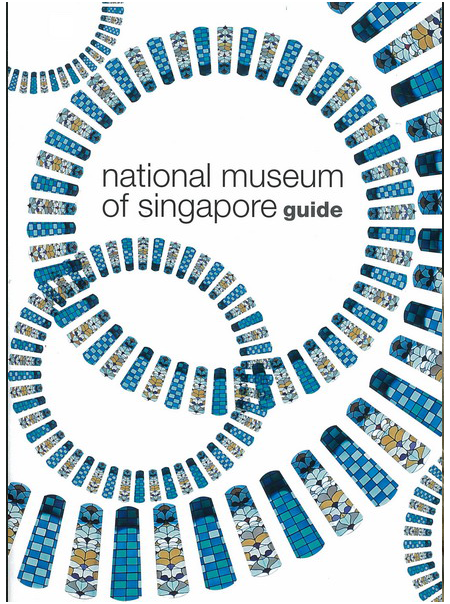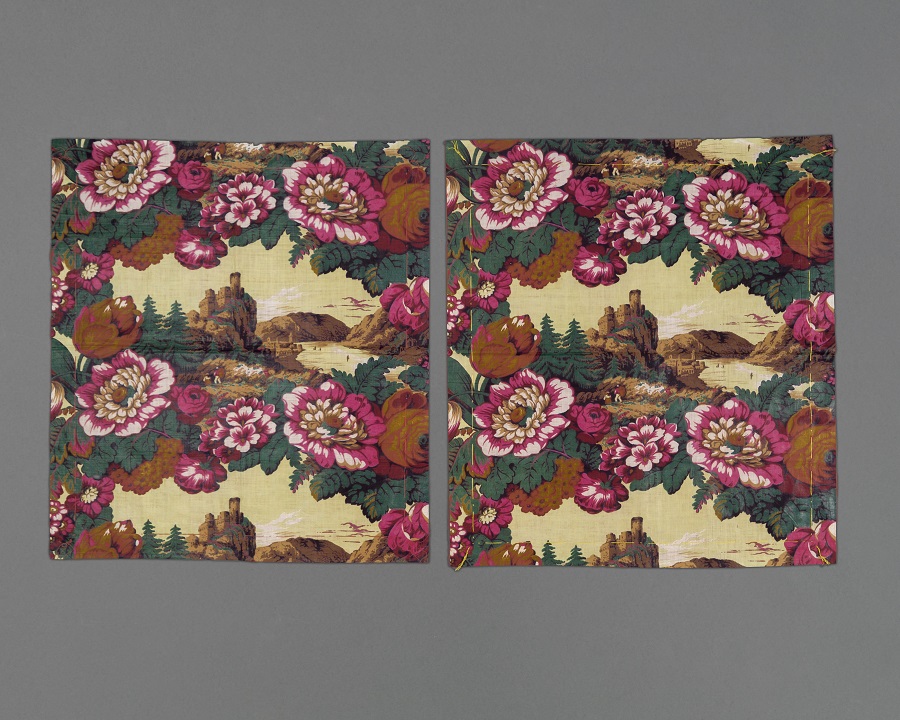The pattern, with a 'qilin' (a Chinese mythical single-horned creature) and a phoenix surrounded by panels of flora and fauna, is based on an early 18th century Chinese design. The Chinese original would have featured brighter colours. This particular pattern first appeared on Worcester porcelain around 1770 and was only used to decorate dessert services. The exact origin of the name remains uncertain. Scholars generally attribute the name to two bishops who lived during the 18th to 19th centuries. It is believed that one of them, either John Sumner (Archbishop of Canterbury) or Charles Sumner (Bishop of Winchester) had owned a Worcester porcelain service with this pattern. English factories were practical in their approach to porcelain production. They did not have royal patronage, so to ensure survival of the business, they had to create competitive products that catered to popular taste for Chinese and Japanese styles.




